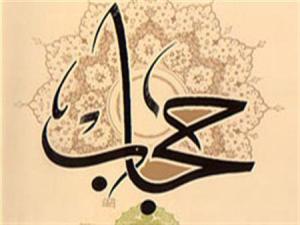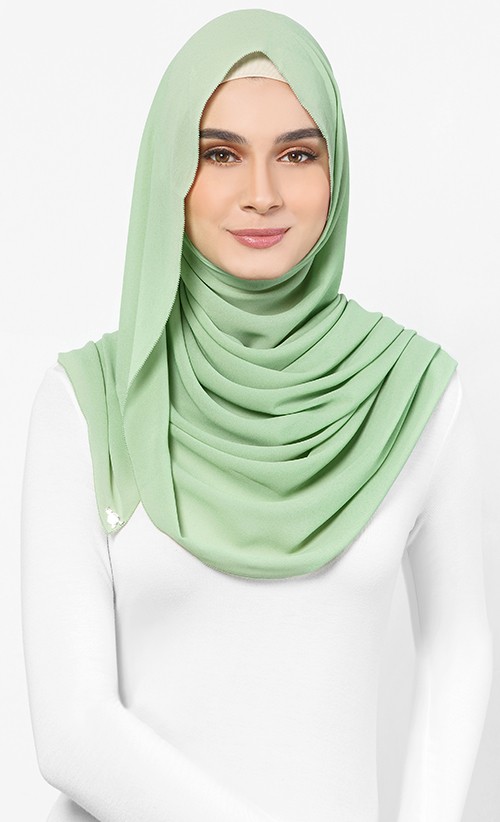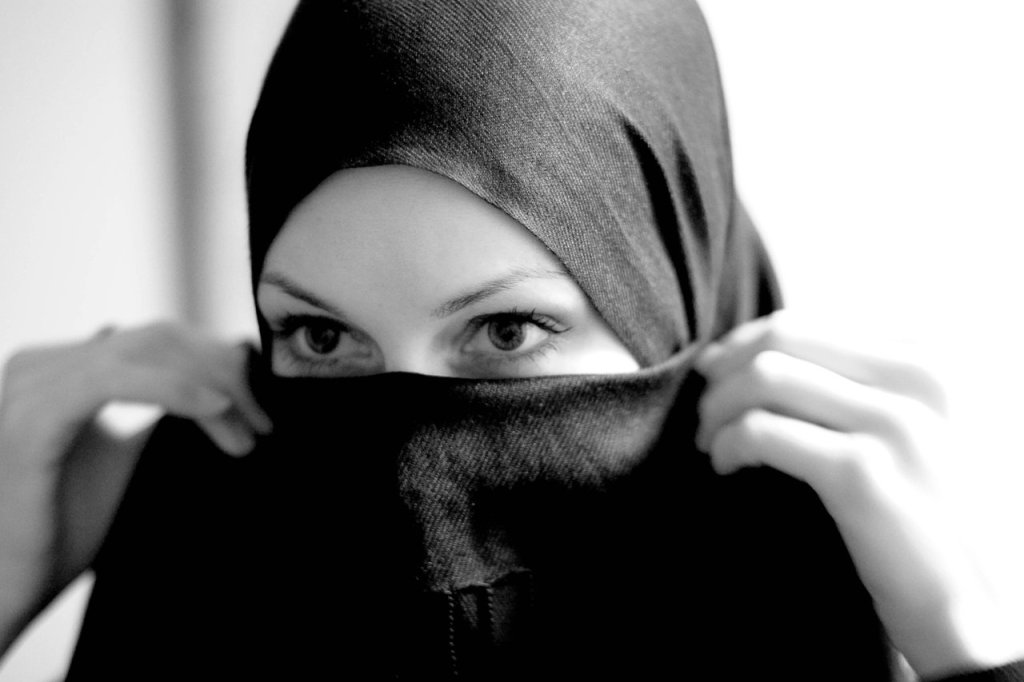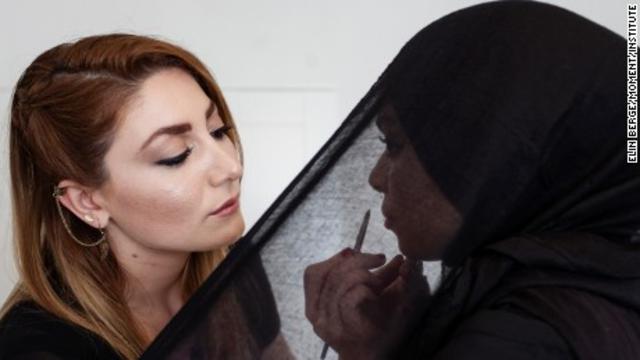Written by Diyana Khairon
Hijab has become a central issue as it has been debated not only in Malaysia, but internationally. The fact that it touches religious matter makes it important to understand at the very base and how to actually look at it in positive ways especially for those who do not really understand it as the requirement of religion and may think of it as a burden.

Hijab is an Arabic word which brings the meaning of “barrier” or “partition”. In Islam, however, it has a broader meaning, while the modest dressing according to Islam means covering the head, neck, the arm and the whole leg. In blending it together, it is the principle of modesty that matters and thus includes both behavior and the dress codes for both males and females. A woman who wears hijab is called Muhaajaba.
The most visible form of hijab is the head covering that many Muslim women wear. Hijab however goes beyond the head scarf. In one popular school of Islamic thought, hijab refers to the complete covering of everything except the hands, face and feet in long, loose and non-see-through garments.
The philosophy behind the hijab for women in Islam is that she should cover her body in her associations with men “whom she is not related to according to the Divine Law” that is non-mahram (na mahram) and that she does not flaunt and display herself inappropriately in front of those men.

The real visage of Hijab is not concerned with the question of “Is it good for a woman to appear in society covered or uncovered?” As a matter of fact, Hijab is concerned with the question of “Whether ‘a woman and a man’s need of her’ should be a limitless, free association or not?” Should a man have the right to satisfy his needs with every woman and in very place, in short to committing adultery?
It is known that every female and male have the desire to show off and to display one’s self as such is a particular trait of both of them. Because of this human instinct, this has become the psychological reason that both men and women are required to cover to their respective appropriate degrees.
At any rate, Islam has placed special emphasis upon the amazing power of this fiery instinct. There are traditions that speak of the danger of a ‘look’, ‘the danger of a man and woman being alone together’ and, finally, ‘the danger of the instinct in which unites them illegally’.
To look at the world of fashion, you don’t have to give up in being stylish when you start wearing hijab. There are now many ways of wearing hijab to keep you look stylish but in modest way. In Malaysia for example, there are already over 500 hijab and Muslim fashion brands. Most of these Muslim fashion brands inspire Muslim women to dress gorgeously without being immodest. This modest fashion can also be worn by the non-Muslims who prefer comfortable clothes that do not “expose the skin unnecessarily”.
It is good to know that Muslim consumers globally have started to spend on Islamic clothing and footwear. For all the Muslim women out there, you cannot avoid others from looking at you but you can protect yourself. Bear in mind that your Creator knows better of your good wellbeing.
Just to share a great quote that says “Hijab is not only on the forehead and it does cover the hair and most parts of the body, but not the brain J.”

So clothing does not have to be drab. It is alright for both sexes to use clothing to enhance beauty as well as to cover nudity. The most important thing is to be modest and righteous at the same time.
